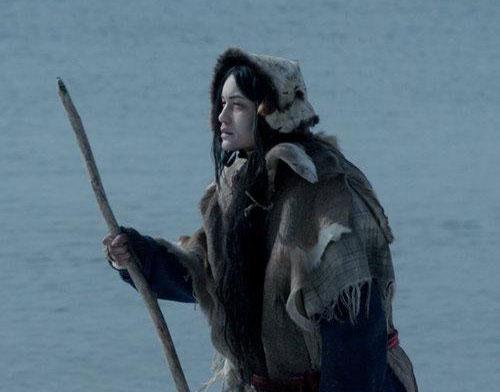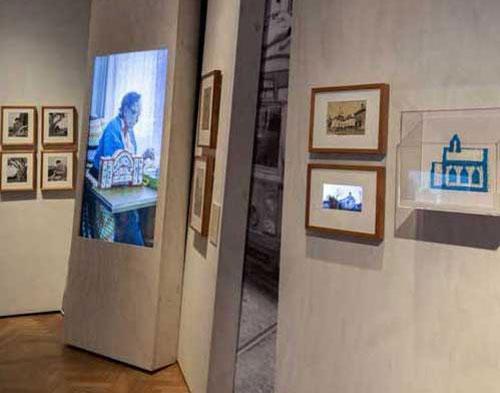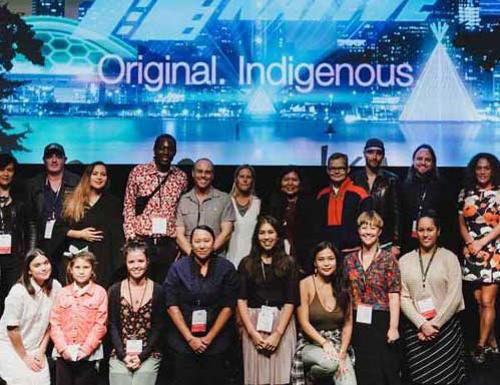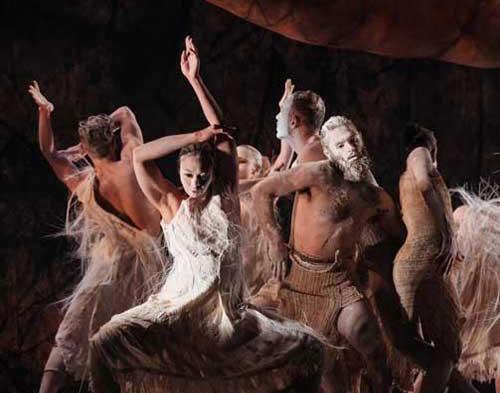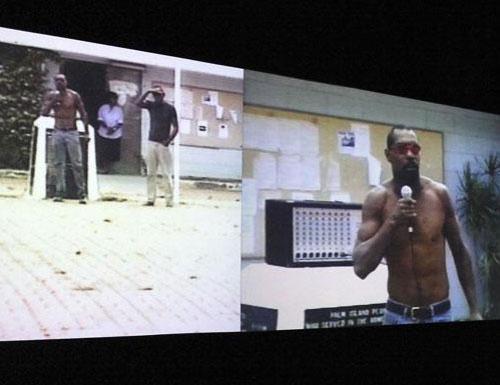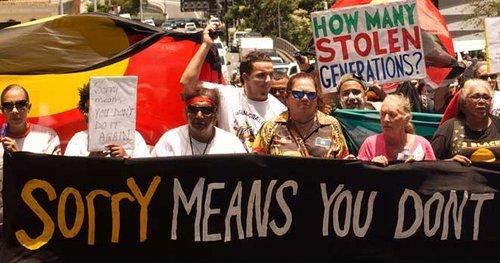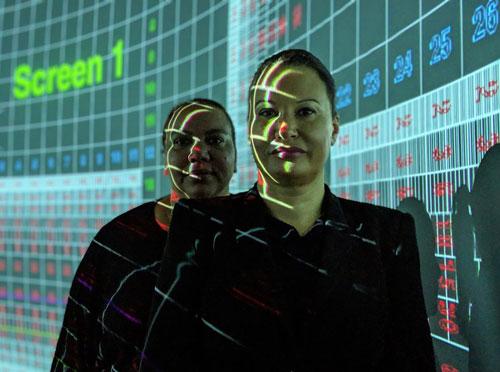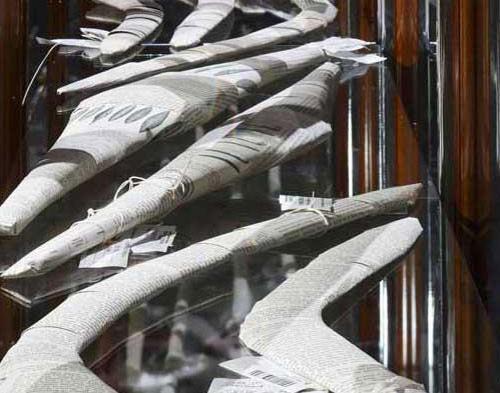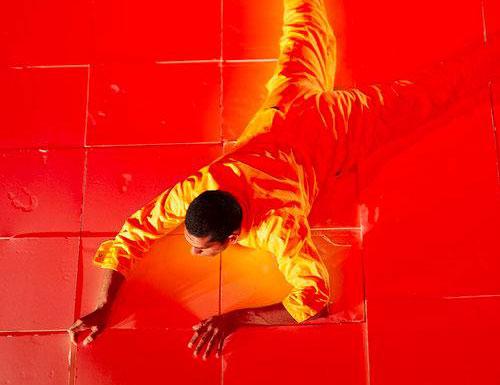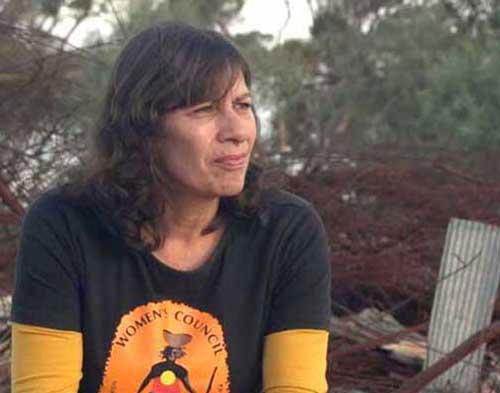Amala Groom: Cosmic body of remembrance
I remember the first time I saw conceptual video work by an Aboriginal artist. Sitting in a back row, anxious and close to the exit in case I had to leave, I watched the performance projected through video in a sandstone university lecture hall. The scene was from r e a’s Poles Apart (2009). The premise of r e a’s silent work is to explore both the imagined and lived experiences of female forebears forced into servitude. With its black-edged and sepia-tinted frame, it is a real colonial horror and, every once in a while, I found myself thinking about the domestic figure fleeing through the burnt bushland. In discussions with artist Amala Groom, my thoughts returned to this earlier work and of running through the bush.

